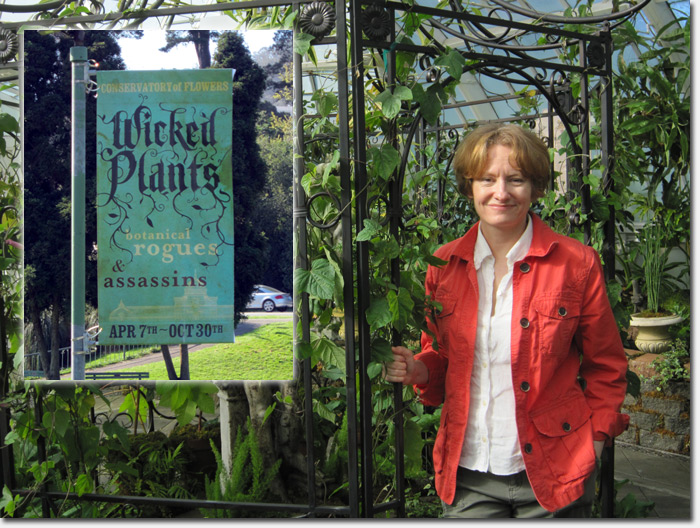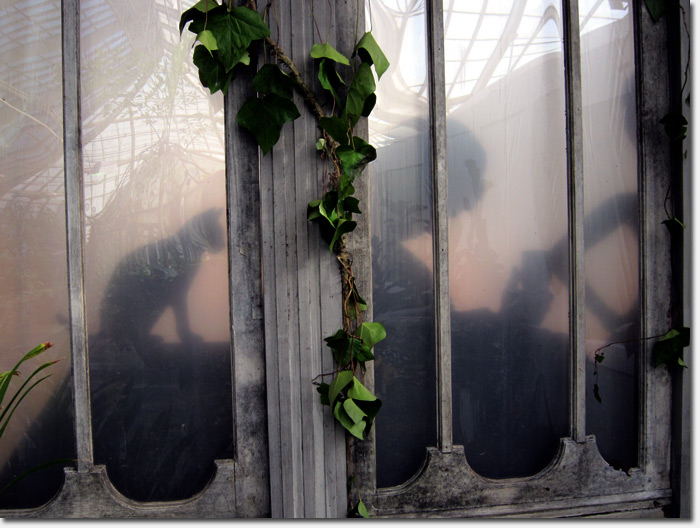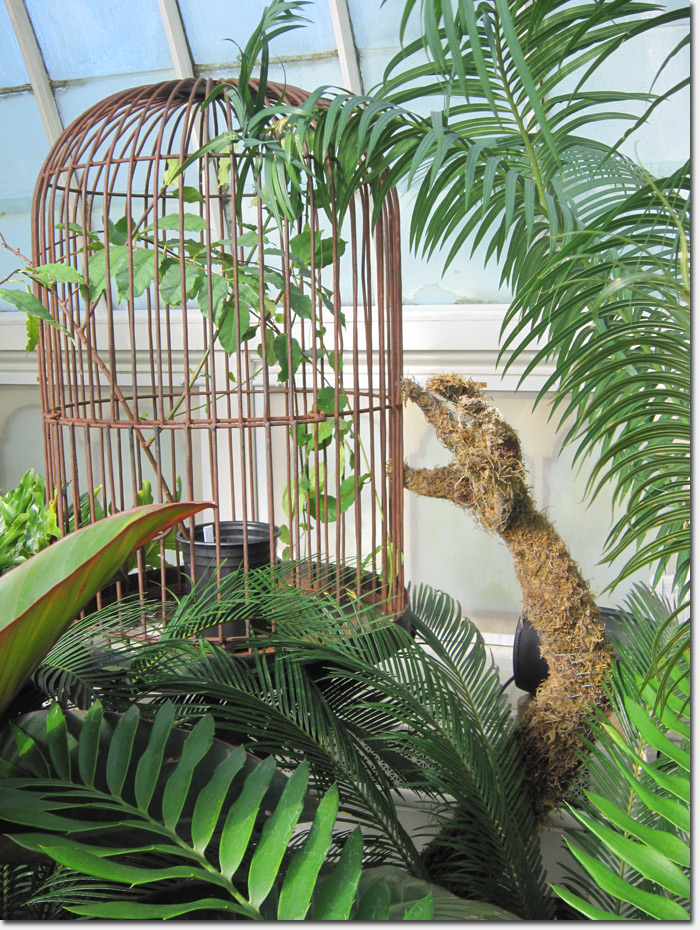
Author Amy Stewart’s book on wicked plants is the inspiration for the new exhibition at
the Conservatory of Flowers in Golden Gate Park.
Most people visit the Conservatory of Flowers in Golden Gate Park to soak up the natural beauty of the plants, trees, flowers and orchids that fill up the historic building.
But the Conservatory’s latest exhibition – Wicked Plants: Botanical Rogues & Assassins – will appeal to the darker personalities amongst us, whose curiosity is peaked by nature’s unnerving ability to defend and protect itself, and its involvement in some gruesome deaths throughout history.
The exhibition is based on Amy Stewart’s bestselling book from 2009 called Wicked Plants: The Weed that Killed Lincoln’s Mother & Other Botanical Atrocities, in which she chronicles dozens of infamous plants that have left their mark on history and claimed many an unfortunate victim.
The exhibition, set in a Victorian garden, features over 30 species of wicked plants that look harmless – often even pretty – but have highly poisonous, even fatal, properties. Accompanying each plant is a description from Stewart’s book explaining which parts of the plant are most dangerous and its history of wicked deeds.
You’ll be surprised at what dangers lurk in even the most common of houseplants that are included in the exhibition. As you walk around the room, you’ll recognize leafy, green plants and trees that you’ve seen before or perhaps have even had in your own home.

A spooky scene sets the mood at the exhibition as a lifeless man slumps over a goblet
while a black cat looks on.
Even a President’s mother could not escape the clutches of a wicked plant. White snakeroot, a tall weed found in the woods across eastern North America and throughout the South, took the life of Nancy Hanks Lincoln, mother of Abraham Lincoln. She and several other residents of the small town of Little Pigeon Creek, Indiana succumbed to milk sickness, a condition brought on by ingesting the milk of cattle that had grazed on the plant.
In 1978, communist defector and BBC journalist Georgi Markov died a slow, agonizing death after a passerby used an umbrella to inject a pellet into his leg that contained ricin, the poisonous extract of the castor bean seed. KGB agents were suspected of the crime, but no one was ever charged with the infamous murder.
The Conservatory even got their hands on hemlock for the exhibition, the plant responsible for taking Greek philosopher Socrates life after he was forced to drink it as his death sentence. I got up close to it and it looks just like the leaves you’d see atop a carrot in the ground. Stewart told me the story of one local man who unknowingly harvested wild hemlock from his backyard garden and nearly died after ingesting it.
In addition to the creepy plants that line the exhibition room, there is a great soundtrack to the exhibition that enhances the wicked mood. Developed by local sound engineer Andrew Roth of Natural Sounds, the atmosphere is weighted with spooky sounds of hooting owls, screeching cats, and even vintage music from an old Victrola phonograph.
Sit down on the bench near the Betelnut palm – whose leaf is chewed as a stimulant by 400 million people worldwide – and you’ll hear the sounds of chewing and spitting. Stand next to the dumb cane plant and you’ll hear the strained efforts of someone struggling to speak, a sonic reminder of its poisoning effect on the throat.
Andrew told me there’s even a secret “bonus” sound emanating from underneath the drainage grates in the exhibition room. I won’t ruin the surprise.
The Wicked Plants: Botanical Rogues & Assassins exhibition runs from now until October 30 at the Conservatory of Flowers in Golden Gate Park.
Sarah B.

A cry for help in the wicked garden?
I saw the exhibit yesterday and highly recommend it. It was really interesting!